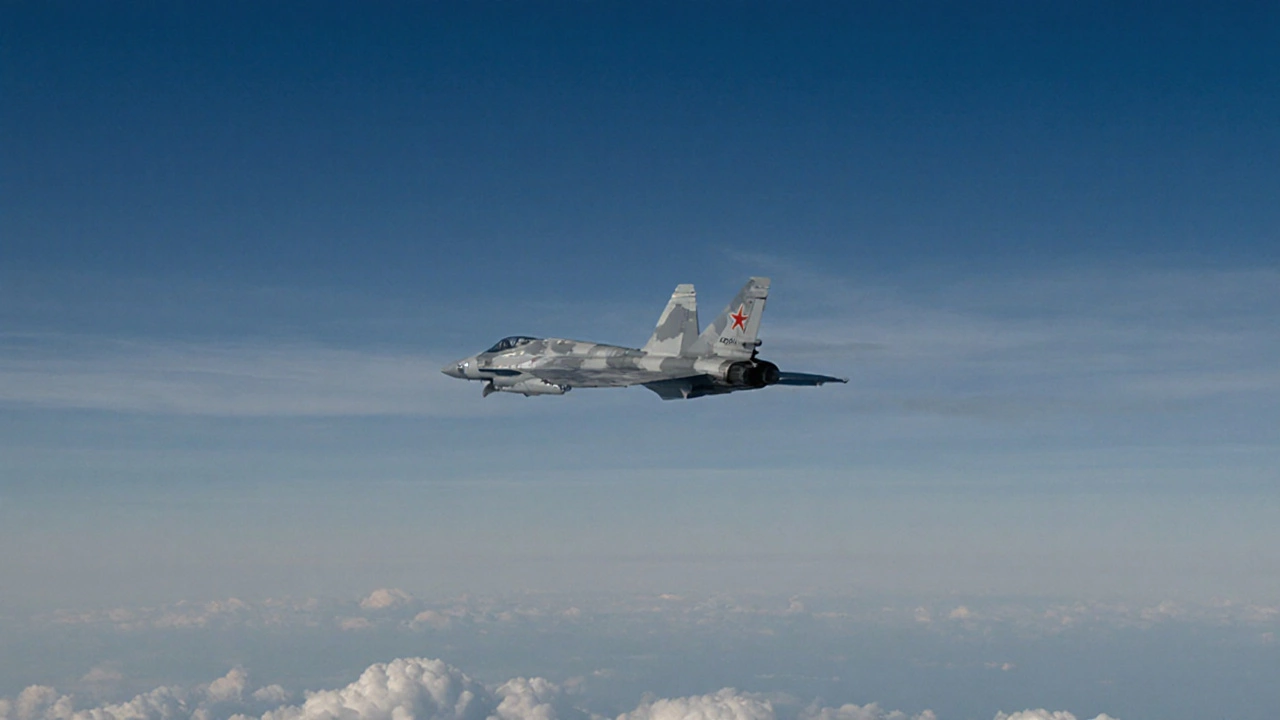Airspace Violations: Rules, Enforcement, and Real‑World Impact
When dealing with airspace violations, unauthorized or illegal entry into protected airspace, whether by aircraft, drones, or missiles. Also known as airspace breaches, it triggers legal and safety responses from authorities. These incidents fall under aviation law, the set of national and international statutes that govern flight operations and protect the sky. At the same time, drone regulations, rules that limit where, how high, and when unmanned aircraft can operate shape what counts as a breach in civilian contexts. When a military aircraft crosses another nation’s airspace, we talk about military incursions, strategic violations that can spark diplomatic disputes or even conflict. To prevent these incidents, air traffic control, the coordinated system of radars, communications, and procedures guiding aircraft safely constantly monitors the skies. In short, airspace violations sit at the crossroads of safety, law, and international policy, demanding quick detection and decisive action.
Detecting a breach is a blend of technology and rule‑watching. Radar sweeps, Automatic Dependent Surveillance‑Broadcast (ADS‑B), and even citizen‑reported drone sightings feed data into control centers. When a potential violation shows up, investigators apply aviation law in much the same way a boxing federation reviews vacant belts: they verify the facts, check compliance with regulations, and decide on penalties. Penalties range from fines and license suspensions for hobbyists to diplomatic protests and sanctions for state actors. The process mirrors high‑profile sports investigations—think of the way authorities cleared a politician after a residential probe, or how a fighting organization strips a champion of a title for missing weight. All these examples share a core idea: rules exist to protect fairness and safety, and breaking them triggers a structured response.
Across the globe, real‑world cases illustrate the stakes. A commercial jet once strayed into restricted airspace over a major city, prompting emergency reroutes and a hefty fine under aviation law. A popular model drone was grounded after users repeatedly ignored height limits, leading to updated drone regulations that now require registration and geofencing. Military incursions have sparked NATO alerts, reminding us that airspace breaches can have geopolitical consequences. Below you’ll find a curated set of posts that dive into rule‑breaking moments—from sports controversies and political investigations to unexpected lottery wins—showing how different arenas handle violations. As you scroll, notice the common thread: each piece highlights the importance of clear rules, vigilant monitoring, and swift enforcement.

RAF Pilots Brace for Russian Jet Incursions – What May Come Next
NATO airspace faces a wave of Russian jet incursions, prompting the UK to promise a direct response. Recent violations over Estonia, Latvia and Poland have seen F‑35s and Gripens scramble to escort Russian aircraft. US officials say NATO can shoot down violators, while experts warn intercepts are fraught with danger. The standoff raises the specter of a wider aerial clash.